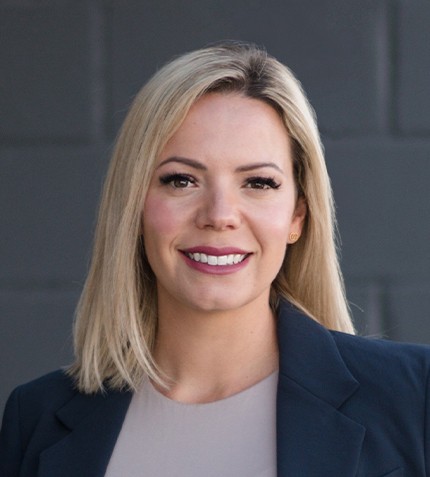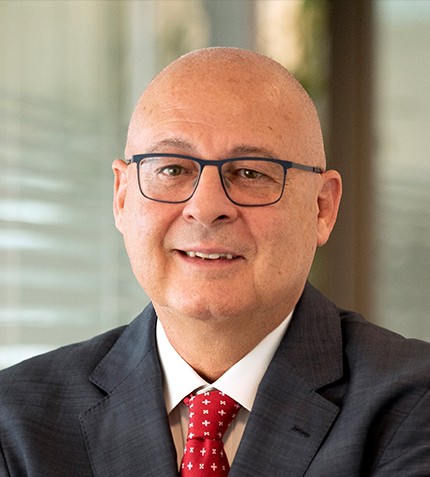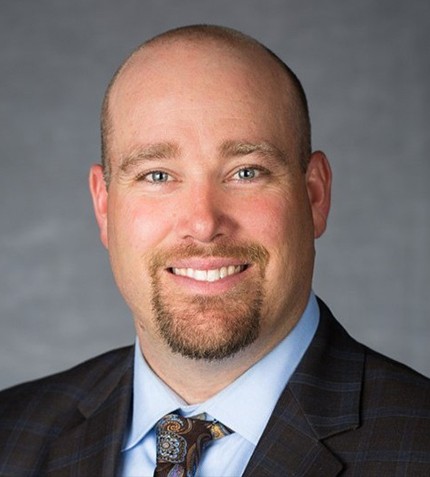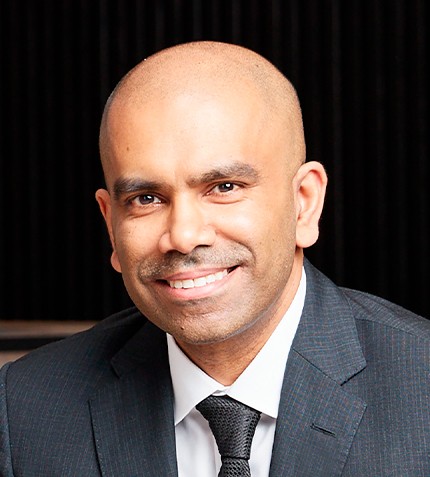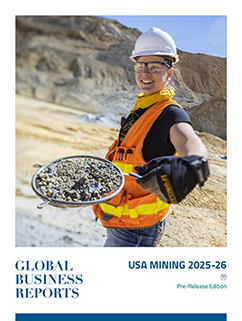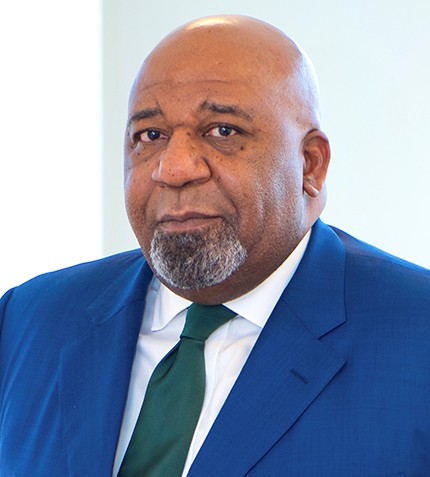
"EGC was created in an effort to clean and control the entire supply chain of artisanal cobalt mining."
Jean - Dominique Takis Kumbo
CEO, ENTERPRISE GENERALE DU COBALT (EGC)
Could you introduce EGC to our international audience?
EGC was created by governmental degree in an effort to clean and control the entire supply chain of artisanal mining following multiple incidents at illegal mining sites in 2018 and before. EGC is empowered with the monopoly over the sourcing of cobalt ore from artisanal mining operations in the country and has the obligation to ensure that production meets high social and environmental standards. EGC is also responsible to process the ore into cobalt hydroxide. Our mission comprises of four different but interrelated objectives: (1) To improve the living conditions of artisanal miners, and especially of vulnerable people like children, pregnant women and the elderly. (2) To combat fraud linked to the illegal trade of artisanal cobalt and increase tax revenue. (3) To oversee the traceability of operations. And finally, with all other objectives met, (4) to strengthen the country’s reputation on the international stage.
What is the operational framework for EGC and how do you ensure cobalt is adequately mined?
EGC’s role covers production and marketing. As far as production goes, we buy and process cobalt ores from approved cooperatives certified by the regulatory authority (ARECOMS or Agency for Regulation and Control of Strategic Mineral Substance Markets). The processing of the ore is done locally. In order to properly formalize the sector and have a real impact on the working standards of artisanal miners, all players involved, from the miners to the cooperatives, to EGC itself and the final buyers must comply to these standards, which are shaped by OECD guidelines and the DRC law. EGC adopted the EGC Responsible Sourcing Standard, published in March 2021. We also put in place a technical committee where our partners, the US-based NGO Pact, as well as international trading house Trafigura also sit. Finally, EGC also selected a company to assist with the site operations and make sure that the norms defined by the committee are translated on the ground.
Could you give us a sense of the progress made so far?
We started work on the Kasulo site, which is currently mined by CDM (Congo Dongfang International Mining), a subsidiary of the Chinese company Huayou. We are in the process of getting this mine back by the end of Q1 2022 because it sits on a Gécamines permit. Gécamines is our main shareholder and it holds the title over Kasulo. From there on, we will be looking together with Gécamines at other sites with artisanal potential, so we can replicate the Kasulo model.
What is the growth potential of artisanal mining in the DRC?
It is difficult to put the growth potential into numbers, but the practice is widespread and opens countless possibilities. To put it into perspective, anywhere between 150,000 to 200,000 artisanal miners are in the Lualaba region alone (where Kasulo is found), and these are the bread earners for their families, so the livelihoods of around one million people depend on artisanal mining in the province. Artisanal mining was not regarded as viable in the past, but this has changed, and all stakeholders look at the real potential of the sector. Officially, we know that 15,000-30,000 mt of artisanal cobalt is produced yearly, but a lot more actually arrives in China, illegally. By explaining how to mine properly, or how to protect the environment and workers, EGC aims to help diggers, as we call them, to get a better value under safer conditions. If we look at the formal sector, exploration timeframes are long and ore bodies are difficult to enter, so artisanal mining is our most immediate and only solution to meet growing cobalt demand. With time, the 15,000-30,000 mt figure will surely grow.
What are some of the challenges you identify with the current model?
One of the key challenges is to change the narrative around DRC’s ASM sector. To do so, we need to get artisanal miners on board and we need to find viable and safe sites. The guidance and supervision by cooperatives is also crucial. We also face an issue with the multiplication of stakeholder initiatives which can result in overlaps with the work of EGC and lead to confusion in the market.
How do you see the role of artisanal cobalt in the global supply chain and what is your vision for EGC?
Demand for cobalt is to double in the next decade, and the market will go into deficit in the next 3-4 years. The DRC must rise as a cobalt leader ethically and sustainably, prioritizing the people working in the field. Our vision at EGC is to ensure that our strategic mineral resources generate wealth for the Congolese people, and we can achieve this by fair wages, contributing to the development of communities, promoting local entrepreneurship, and improving the livelihoods of diggers and their families. Equally important for us is to protect the environment and leave the sites in good condition after mining is over.




